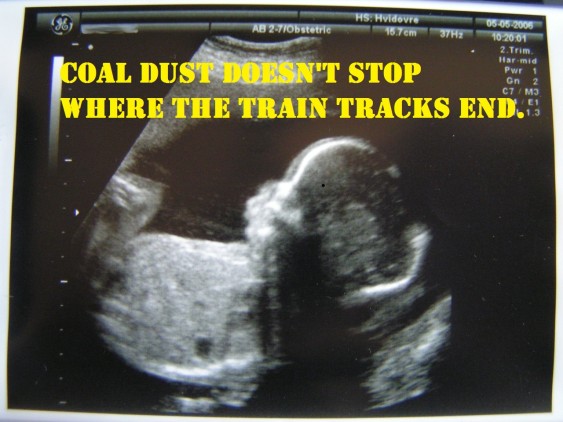It’s time to get serious about getting visual. Leaving photos and video out of our communications, or dropping them in as mere afterthoughts, equates to lost opportunity. Here’s why.
First, despite our better judgment, emotions drive our decisions. Neuroscientists, using highly sensitive brain scanning technology, have shown that our decisions and actions are based more on emotional reactions than rational thought.
Second, humans are a visual species. Pictures and text reinforce one another; in cognitive science this is called dual coding theory. Pairing words with visuals enhances not only attention, but believability and memory recall. In one study, adding visuals to a presentation boosted recall from 10 percent to 65 percent.
All this has a lot to do with the fact that visuals can quickly evoke emotion, more quickly and in ways that words alone cannot. In fact, the right images can activate mirror neurons, where your brain responds as if you are feeling what you see someone else experiencing.
It all adds up — with good visuals, we invite our audiences to feel first, then to think, and this has the potential to cement our message in their minds.

Through focus group research, Resource Media and their partners found that images of coal itself outperform verbal arguments about the dangers of coal exports. Courtesy: Power Past Coal
Luckily, it’s getting easier and easier to take and find all kinds of images, to overlay images with words, to make good videos, and to share all of it. But, it’s a double edged sword; our audiences are bombarded with information and images, non-stop. So, not just any old photo will do the trick. Sometimes the prettiest picture isn’t the right one. Authenticity beats out photo quality. And in the digital sea we launch images into, without strategic mooring to our message, they can lose their intended meaning.
And that’s where Resource Media’s report, Seeing is Believing, comes in. The culmination of two years of research into the art and the science of using visuals to influence, move, and motivate people, this is the definitive visual storytelling guide.
Resource Media VP and report author Liz Banse says, “Whenever and wherever you can replace words with visuals, do so. Is there an image that encapsulates your message perfectly? Lead with it.”
So, let’s get visual. Here are some basic guidelines to get you started:
Let’s Get Visual
Is it tested? Find out what your target audience responds to—you may be surprised. (Testing is easy; find out how).
Is it eye-catching? Sure fire ways: Visuals that tell a real, human story. Faces. Authenticity—low-quality snapshots beat generic stock photos. Something surprising.
Is it empowering? To feel empowered to respond to a threat, we need to see a solution, too—use two photos side-by-side if one photo can’t tell the whole story.
Is it sharable? Adding text to images keeps your story intact on its travels. Captions should tell your story, too—they are read at least 3 times more than body copy.
Read the whole report here. We highly recommend it. And look for more Resource Media visual storytelling resources, blogs, and tip sheets at visualstorylab.org.
Thanks to Liz Banse for this incredible research and for help with this Flashcard.










Matt the Engineer
The recent real-life experiment of the effects of coal are chilling. The Chinese government provided free coal in the north but not in the south, with similar populations, and the northerners were found to live 5.5 years shorter lives. This isn’t visual, but here’s my attempt at putting number to the implications of this study:
1.3 billion Chinese, I’ll imagine 1/2 of them deal with coal smoke. Let’s assume an 80 year non-coal lifespan, and 5 years shorter life with coal. Stacking those 5-years up, that’s the equivalent of erasing 40.6 million lifetimes.
There are some really huge assumptions in those numbers (can that 5.5 years really be used for any coal-polluted area? how many Chinese really live in coal polluted areas?), but if it’s anything close to that it just might be one of the largest man-made source of death ever.
A comparison might be made between coal and Genghis Kahn, who killed 40 million people. But at least he removed 700 million tons of carbon from the atmosphere by doing so!
Anna Fahey
Matt, you could make some powerful visuals with this. Maybe not photos but graphic representations, perhaps. In any case, our verbal communications are also more impactful when we “paint pictures” in peoples’ minds with our words–which is what you’re doing. Thanks for sharing.
Anna
Ruth Ann Barrett
And videos? We have curated over a 1,000 videos (interviews, speeches, teaching circles, performances, news) around our planet, people, and prosperity at earthsayers.tv, voices of sustainability making it easier, I hope, to identify thought leaders and incorporate them into your presentations, blogposts, website, etc.